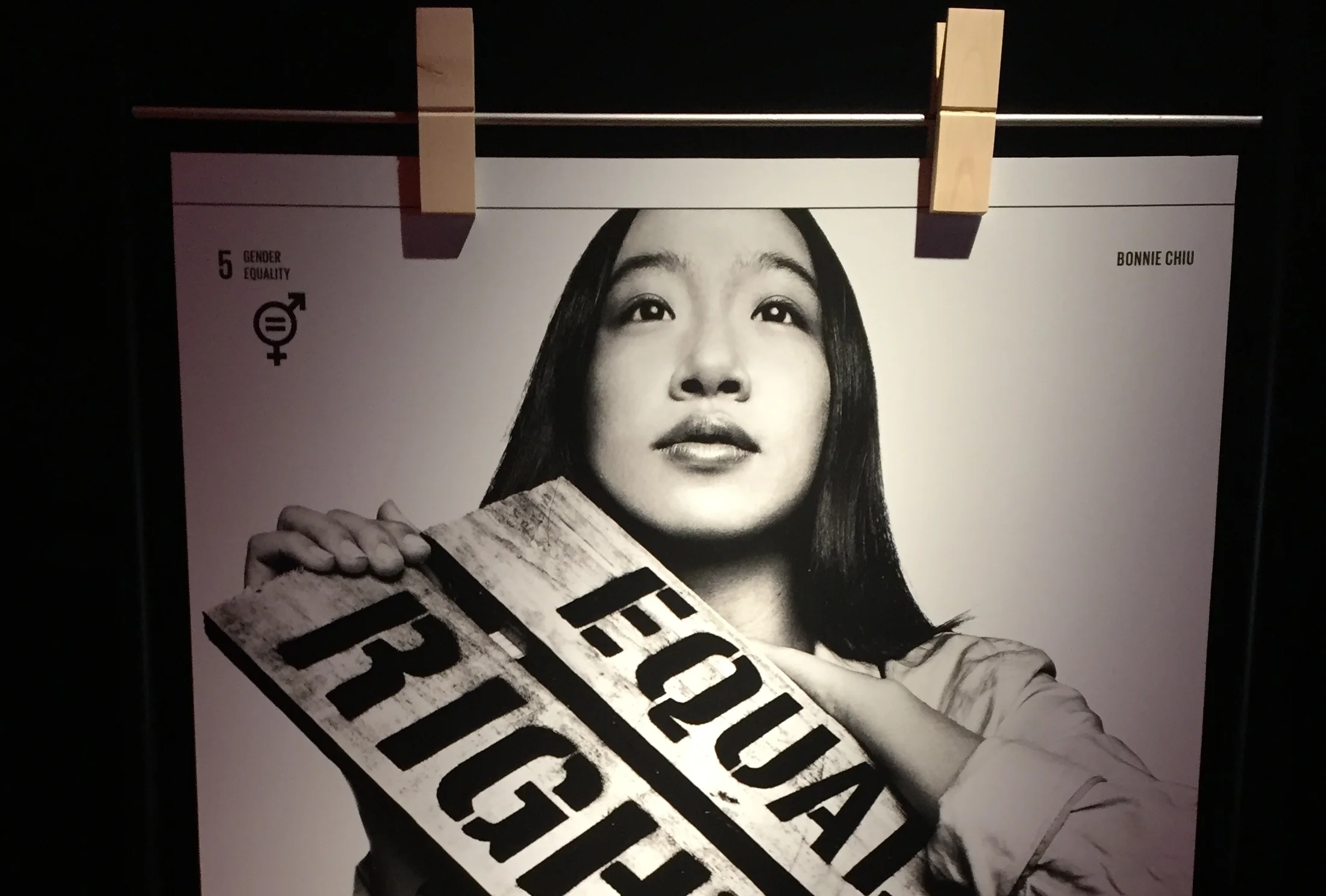“The challenges of climate change cannot be solved without empowering women,” UN Special Envoy on Climate Change Mary Robinson.
My generation, born in the 1990s, was probably the first generation learning about climate change in school. Learning about Mary Robinson’s work made me think about the links between empowering women and combating climate change, culminating in a blog post last year about female eco-warriors combating climate change. It’s been well-received and in many conversations I have with people about this topic, the most common reaction is one of surprise – they have previously not considered the gender lens in climate change. Women are disproportionately affected by climate change, but they also play an extremely important role in combating climate change. Understanding and applying gender lens in climate change adaptations is one that we need to consider.
UN Environment, guided by its own Gender Policy, strives to conduct a context-based gender analysis of each of its projects. Victor Tsang, its Gender Officer, talks about the poignant story of Mandelena in South Sudan in this blog post: “During the prolonged dry season in Gwor County, South Sudan over the last two years, Mandelena and her family have been able to eat only one meal per day... Women and girls walk four to five hours every day to collect water, and young girls are married off for a dowry of cattle as soon as they hit puberty.”
The agricultural sector is heavily impacted by extreme weather conditions caused by climate change, and majority of the agricultural workforce are women. However, a new report by the World Resources Institutes finds that, when communities are compensated or resettled, not only are women paid less for their land, but they are also disproportionately affected by loss of access to resources such as rivers and forests.
Yet, applying gender lens to climate change adaptations and climate action is still on the fringes of discussions. As our world moves towards critical urgency to curb emissions, incorporating gender lens can maximise the impact of existing solutions, as well as creating new ones.
On existing solutions, there are many examples whereby incorporating gender lens have increased their impact. This is very much the premise of UN Environment’s Gender Policy, so that any projects will be truly inclusive and minimise any harm caused to vulnerable populations, including women and children. Barefoot College in India, which was cited as the most vulnerable country to climate change, created the first association of illiterate and semi-literate women who fabricate, install and maintain parabolic solar cookers in their homes. In the UK, which is celebrating the Suffrage Centenary for women’s right to vote, there will be an international summit and Arts festival focused on the role of women taking action on climate change. Two out of ten most effective solutions to combat climate change, according to World Economic Forum (WEF) , are related to empowering women: Educating Girls and Family Planning.
As for new solutions, there is an emerging frontier between climate finance and gender lens investing, which incorporates a gender analysis into a financial analysis in order to get better decisions (definition by Criterion Institute). The same study by WEF argues that “sustainable savings is the number one solution to climate change and the effects are larger than rooftop solar, solar farms, afforestation and electric vehicles combined.” Given the fact that women are disproportionately affected by climate change, there could be new finance innovations to address this gap. Project Sage, part of The Wharton Social Impact Initiative, is the most comprehensive overview of the gender lens investing landscape within private equity/venture capital, and private debt funds. Energy and the Environment is one of the top three sectors invested by the 58 funds.
Gender lens and climate action is an extremely important intersection to consider, and there are a lot of synergies between Sustainable Development Goal (SDG) 5 and SDG 13. Climate change is a global challenge and while global solutions matter, we also must not forget the local stories of resilience. I leave you with the beautiful story of Nukul and her village.
Nukul, 28 years old, comes from Pong Lom Rang, a Karen village in the mountainous Mae Wang district of Northern Thailand. She has a 4-year-old son, Nu Nu. She works at the Chai Lai Orchid, an eco lodge and social enterprise that trains at-risk women. Part of her job is to feed the elephants. The thumbnail image of this blog is taken by Nukul. It shows the river which the elephants bathe in. However they have been facing more severe droughts, threatening the environment that the elephants live in.


